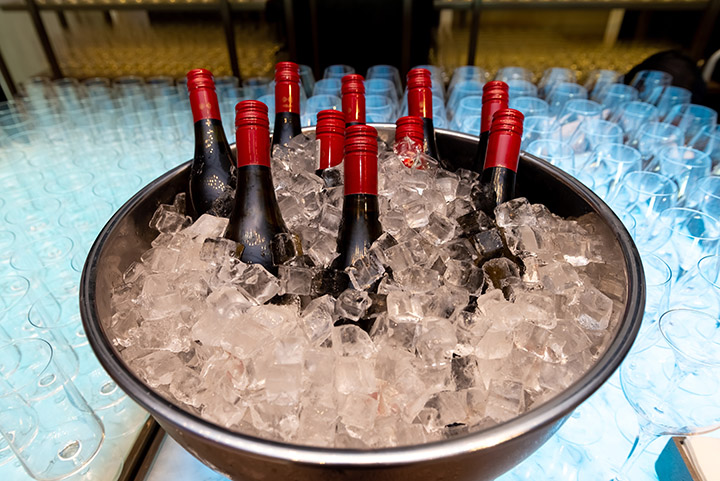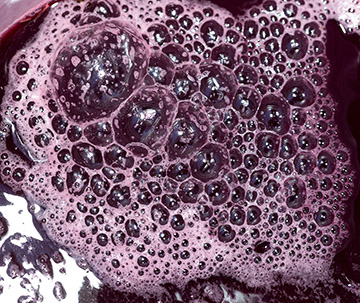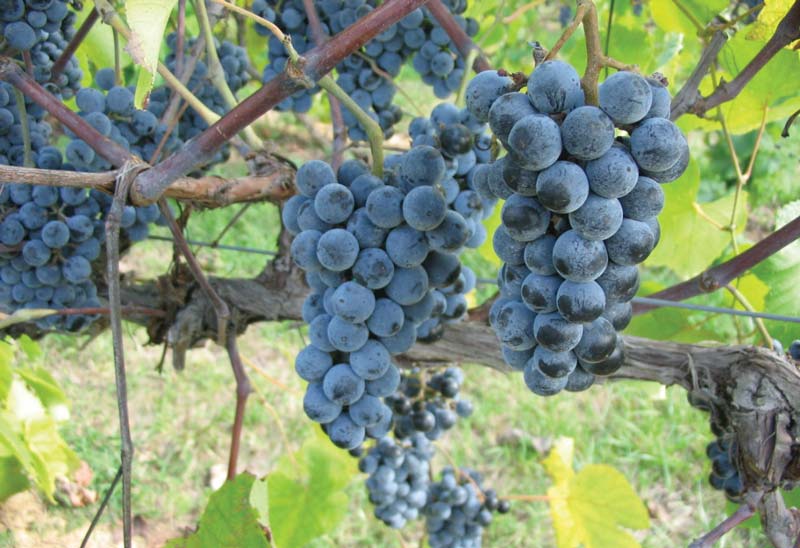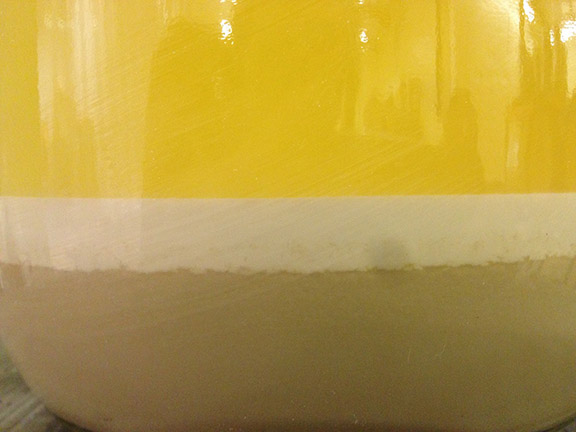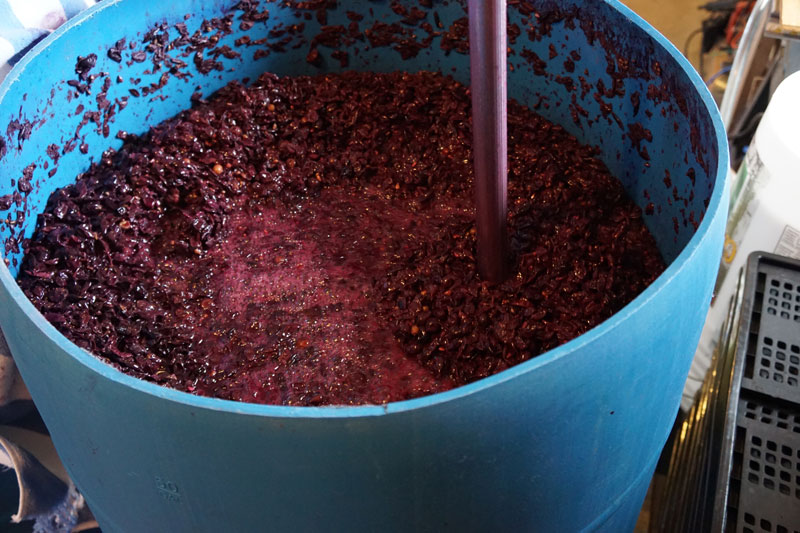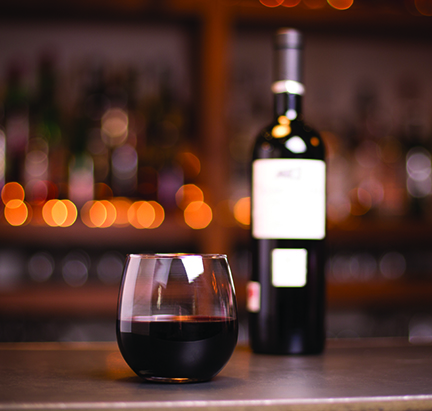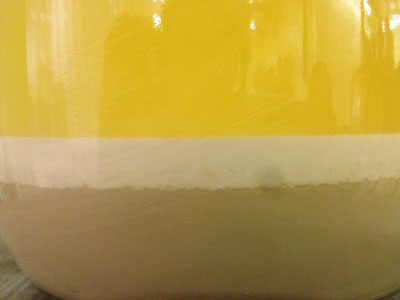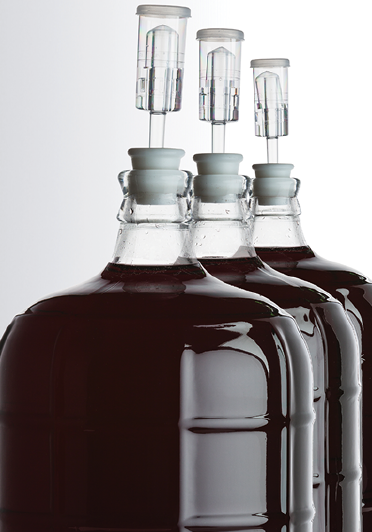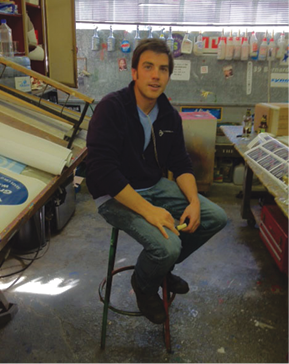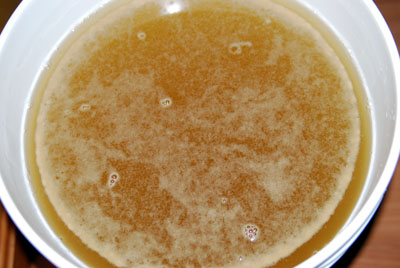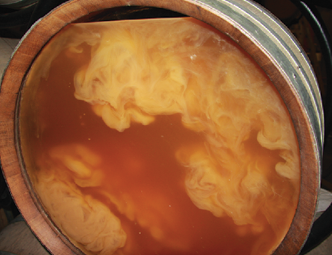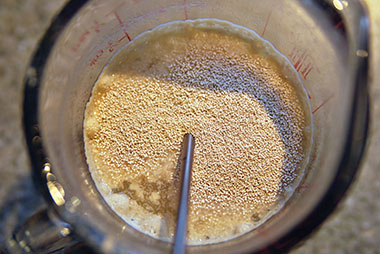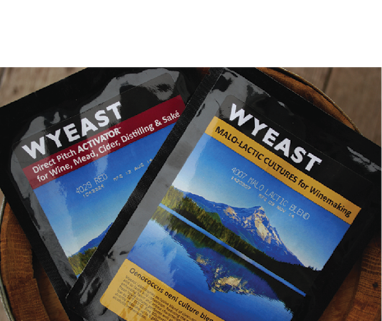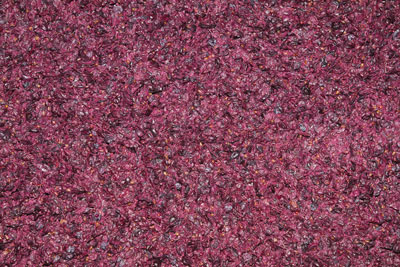Topic: Yeast
Yeast Impact on MLF
I’m glad you wrote in this question. It points to the importance of thinking about our wines in the big picture sense (not to mention the importance of double checking before making
Dubunking Consumer Myths, Yeast Impact on MLF & pH Adjustments
If you sometimes prefer your red wines served a little on the cool side or are not afraid of buying high-end wines with screw cap closures, you aren’t alone! The Wine Wizard shares her “consumer myths” that need to be debunked. Plus, the role your yeast choice plays on malolactic fermentation, and advice on adjusting a high-pH juice.
Special Purpose Wine Yeasts
Sometimes we want a wine yeast that will strictly ferment a wine dry in the conditions available to it, but other instances require special purpose wine yeasts. Learn about yeast strains that serve more purposes than simply completing fermentation — be it for high-vigor, malic acid management, minimizing faults, and more.
Call of the Wild
Wild fermentations can often bring a level of complexity to a wine not always found using commercial Saccharomyces strains. But the tradeoff for that complexity is higher risk. What if you could introduce the good microbes of a wild fermentation to your wine without the risk? There are techniques, along with new isolated non-Saccharomyces yeasts, that can do just that.
Tips For Rehydrating Dry Yeast
Rehydrating dried yeast is a simple and straightforward process, and one that I find to be essential when using dried yeast for winemaking purposes. The simple answer to your question is no,
Campden Tablets Best Practices
The great thing about Campden tablets (a convenient form of dosing in sulfur dioxide for home winemakers) is that they will inhibit the yeast and bacteria you do not want (which are
Lees, Sur Lie Aging, and Bâttonage
Learn about the lees that we find in wine and how we can use them to our advantage.
Non-Conventional Yeast: Tailor-made solutions for new challenges
Many of us in winemaking were trained to trust Saccharomyces yeast and not leave our wines to chance with wild strains. But winds of change are in the air and yeast companies are now turning to many non-Saccharomyces yeasts for certain purposes.
Effects Of Using Killer Yeast In My Winery?
I’m glad that you are attuned to your yeast and realize that some strains are “killer factor positive” and one is “sensitive.” I really wish that the yeast industry had come up
Wine Yeast to Make Bread
You can definitely use wine yeast for baking bread. Bread yeast and wine yeast are both Saccharomyces cerevisiae and both work the same way, by eating sugar and converting it into ethanol
Lower Alcohol Wines
Rising temperatures have led to grapes that are higher in sugar and lower in acid at harvest. Winemakers are beginning to look at microbial strategies to help keep wines in balance with lower alcohol levels and increased acidity.
Yeast choice for a fruit wine
You want to know what my standard, go-to, never-fail, keeps-most-wines-happy yeast is? It’s called Prise de Mousse, EC1118, Davis 796 or Premier Cuvee. Why all the names? I guess so a lot
Lees and You: Dead yeast can be your friend
Aging on fine lees has traditionally been reserved for Muscadets, white Burgundy wines, and classic champenoise-style wines, but that doesn’t mean you can’t utilize this with other wines. Learn the hows and whys of aging your wine on lees.
Fantastic Fermentations
Careful attention must be paid to fermentation to achieve great wine. We gathered experts from four different yeast laboratories to glean advice on selecting yeast strains, co-inoculation, optimal fermentation conditions, and more.
Over-yeasting?
There are a few effects on a wine if you add more yeast. Number one, the fermentation might start a little faster and go to completion faster because there are simply more
Yeast Pitching Rates
Good for you for branching out. Apple cider has astronomically increased in popularity in the United States in the past few years and I see an increasing number of wineries trying their
Yeast Nutrient Strategies
Grape juice is a pretty tough environment if you’re a yeast cell. The pH is low, there’s high osmotic stress (stress from the environmental conditions being such that the flow of water
Wild Yeast Fermentations: Tips from the Pros
Not every winemaker makes wine with commercially-cultivated yeast strains. In fact, lots of commercial winemakers let their wines ferment with wild yeast from the grapes and in the winery. Here we have
15 Facts About Wine Yeast
For more than 10 years I have been a home winemaker and for almost that long I have also brewed beer. Before that, I was general manager at a company that sells
Bâtonnage Winemaking Techniques
You want to add extra body and mouthfeel to your wines, or perhaps enhance those buttery or yeasty aromas and flavors in your barrel-fermented Chardonnay? Or maybe even round out those sharp
Kombucha In My Winery?
Just like I would not let a buddy of mine do any Brettanomyces beer-brewing experiments in my winery, so should you not do Kombucha and wine together in your kitchen (or garage)
Pairing Yeast with Grape
Start with the grapes. Whether you make wine at home from fresh grapes, juice, or frozen must, there are many influences over the quality and character of your wine. Grape variety itself
Yeast Impact on Wine Aroma and Flavor
If you are of the opinion that yeast selection does not matter and that the only role of yeast is to convert sugar into ethyl alcohol (ethanol), you may have been missing
Co-Inoculation with Wine Yeasts and Bacteria
Ask 5 winemakers and you may get 6 opinions about co-inocculation. But what does the science say?
Wild Yeast Fermentation
Wild or native yeasts, according to a general definition, occur naturally in the air or on surfaces. While the word, ‘wild’ might give the romantic impression that winemaking’s native yeasts come from
